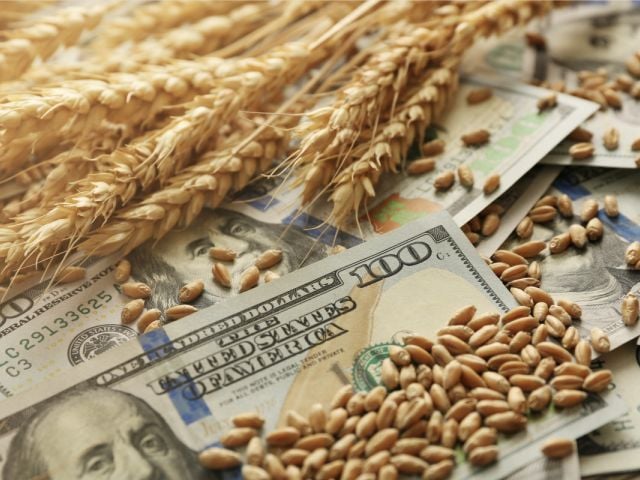WASHINGTON – May 5th, 2010. In a time of ballooning federal budget deficits, robust farm income and increasing populist anger over government spending and intervention in the private sector, it would seem prudent to trim wasteful federal farm subsidy programs. Even the most ardent supporters of farm subsidies in Congress are openly wondering if lavish annual subsidy payments to the country’s largest and wealthiest farming operations can be sustained.
Introduced after the Great Depression and once the savior of struggling small family farms, these subsidy programs have been co-opted to support plantation-scale production of corn, soybeans, rice, cotton and wheat.
The Environmental Working Group releases today the latest update of its widely referenced farm subsidy database. The new database tracks $245.2 billion in farm payments from 1995 -2009. Initially published online in 2004, the EWG farm subsidy database has logged over 200 million searches and gained wide recognition for upending perceptions about farm program recipients.
The new data reaffirm that the largest farm operations receive the vast majority of payments. From 1995-2009 the largest and wealthiest top 10 percent of farm program recipients received 74% of all farm subsidies with an average total payment over 15 years of $445,127 per recipient -- hardly a safety net for small struggling farmers. Despite the “reforms” supporters of the subsidy system claimed were incorporated into the 2008 farm bill, the top ten percent of recipients still harvested 61 percent of farm subsidies in 2009.
Three of the largest repeat recipients of farm subsidies did well in 2009. California’s SJR Farms received $2,069,453, Louisiana’s Balmoral Farming Partnership received $1,910,834 and Arizona’s Gila River Farms received $1,711,444.
“While commodity crop subsidies continue unabated, more pressing priorities like providing healthy school lunches and funding programs that help farmers prevent pesticides and other contaminants from getting into drinking water and protect wildlife habitat go unaddressed. Worse, the fresh fruits and vegetables necessary to combat the growing childhood obesity epidemic receive a pittance in government support compared to the billions handed out to just five commodity crops,” said EWG senior vice-president Craig Cox.
Cox manages EWG’s agriculture programs from the organization’s Ames, Iowa office.
For the first time, EWG’s farm subsidy database also details how federal spending on the taxpayer-funded crop insurance program is beginning to rival “traditional” subsidies.
“Taxpayers spent $5.4 billion in 2009 to cut the cost the amount farmers paid overall in premiums by 60 percent, sent another $1.6 billion to 16 private insurance companies to reimburse “administrative and operation costs” and on top of that are on the hook if crop losses threaten the profits of those insurance companies,” said Cox. “It’s hard to justify the spending levels for commodity programs and crop insurance,” said Cox.
In 2009, crop insurance premium subsidies alone exceeded the $4.8 billion in direct payments. The $8 billion total cost of the crop insurance program in 2009 rivals the $9.3 billion spent on direct and counter-cyclical payments combined that year. The surge in the cost of the crop insurance program has swamped the small decreases in the cost of traditional farm programs. The US government spent more in 2009 on direct, counter-cyclical, and premium subsidies combined than in 2007.
“America’s corn crop has better insurance coverage than millions of rural and urban families struggling to find affordable health care,” Cox added.
USDA projects farm income to rise by 12 percent in the next year, following a decade that produced the five highest years for farm income ever. Farm household income has exceeded household income for the average American household—and to an even greater extent, rural household income—every year since 1996. Yet subsidized agriculture’s appetite for taxpayer money is unabated, with fresh demands this year for farm disaster aid and dramatically increased government benefits for corn ethanol. Members of Congress of both parties from states and districts with commodity crop interests, backed by the powerful Ag lobby, continue to stave off reform. Congressional agriculture committees have twice rebuffed President Obama’s efforts to trim payments to wealthy farmers, and President George W. Bush watched his subsidy-spurred veto of the Farm Bill overridden.
###
EWG is a nonprofit research organization based in Washington, DC that uses the power of information to protect human health and the environment. https://www.ewg.org



